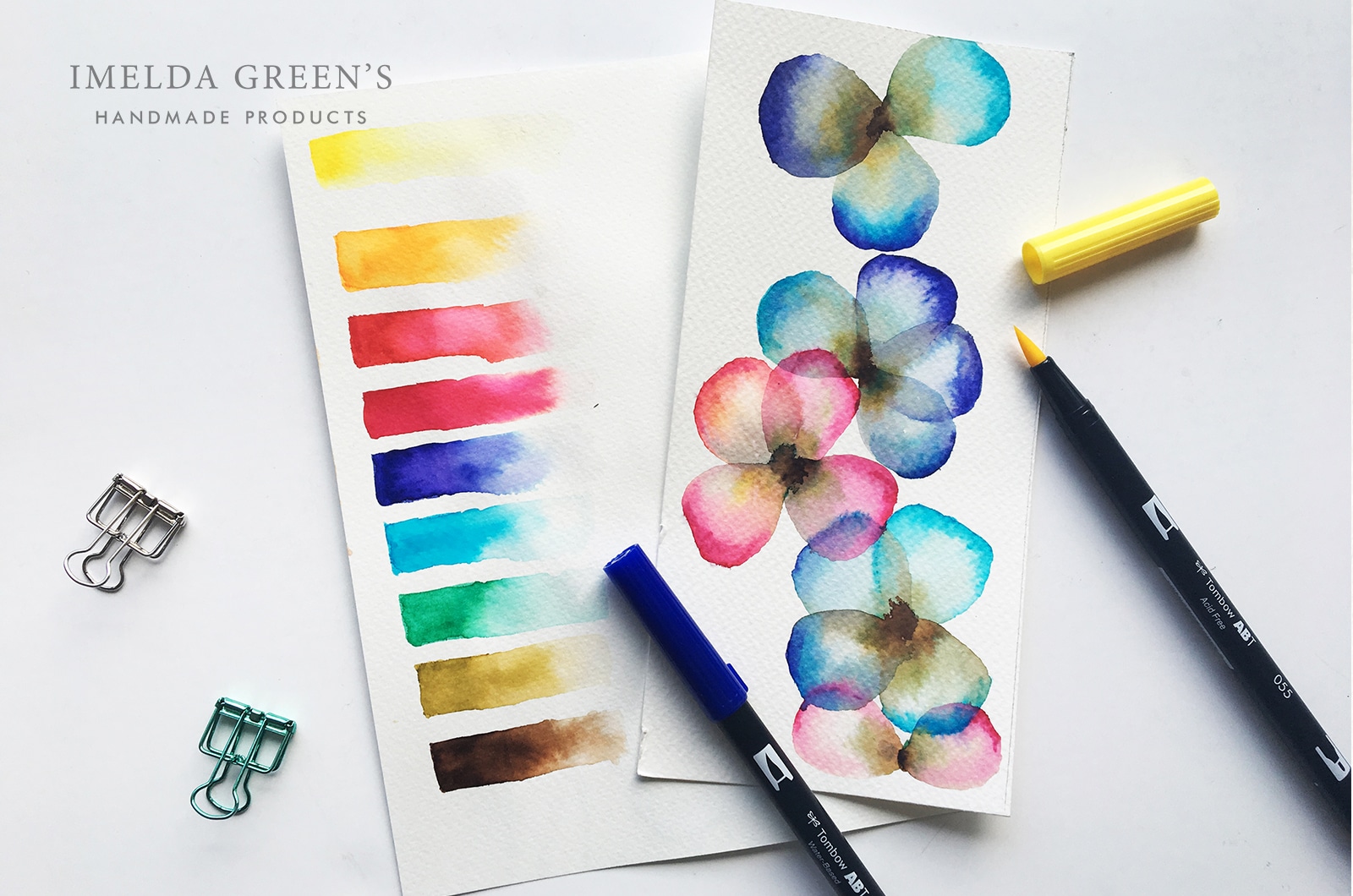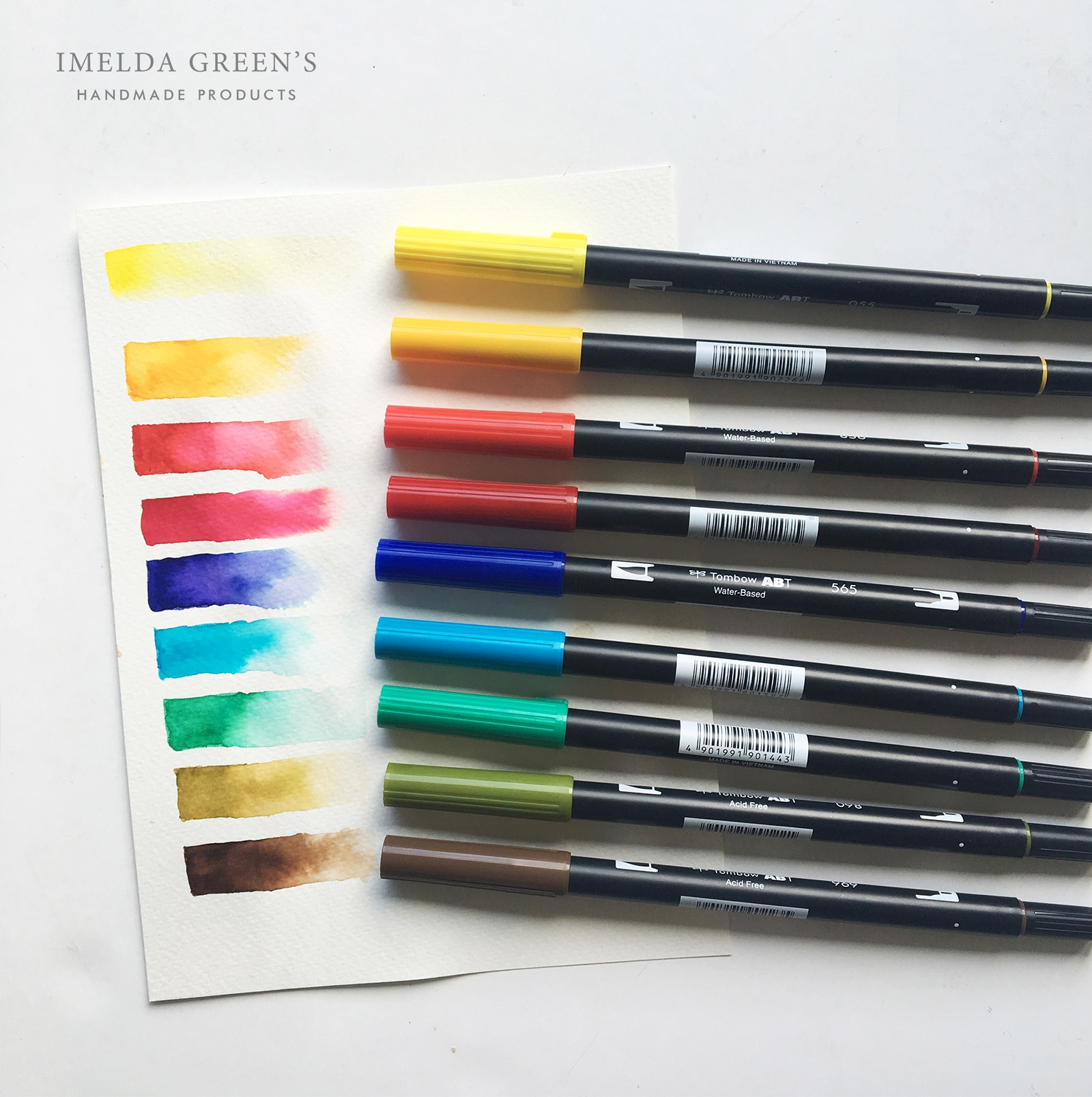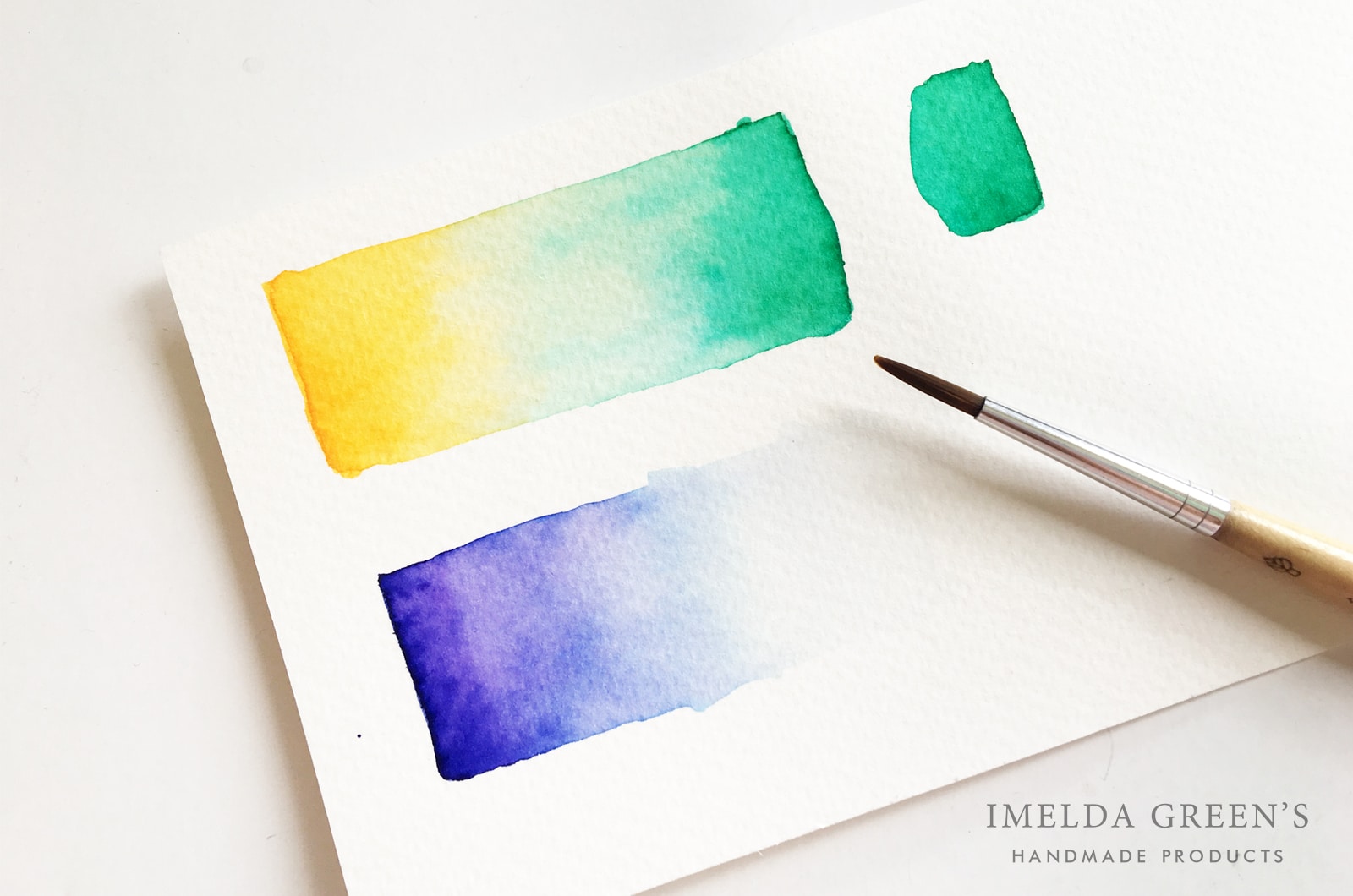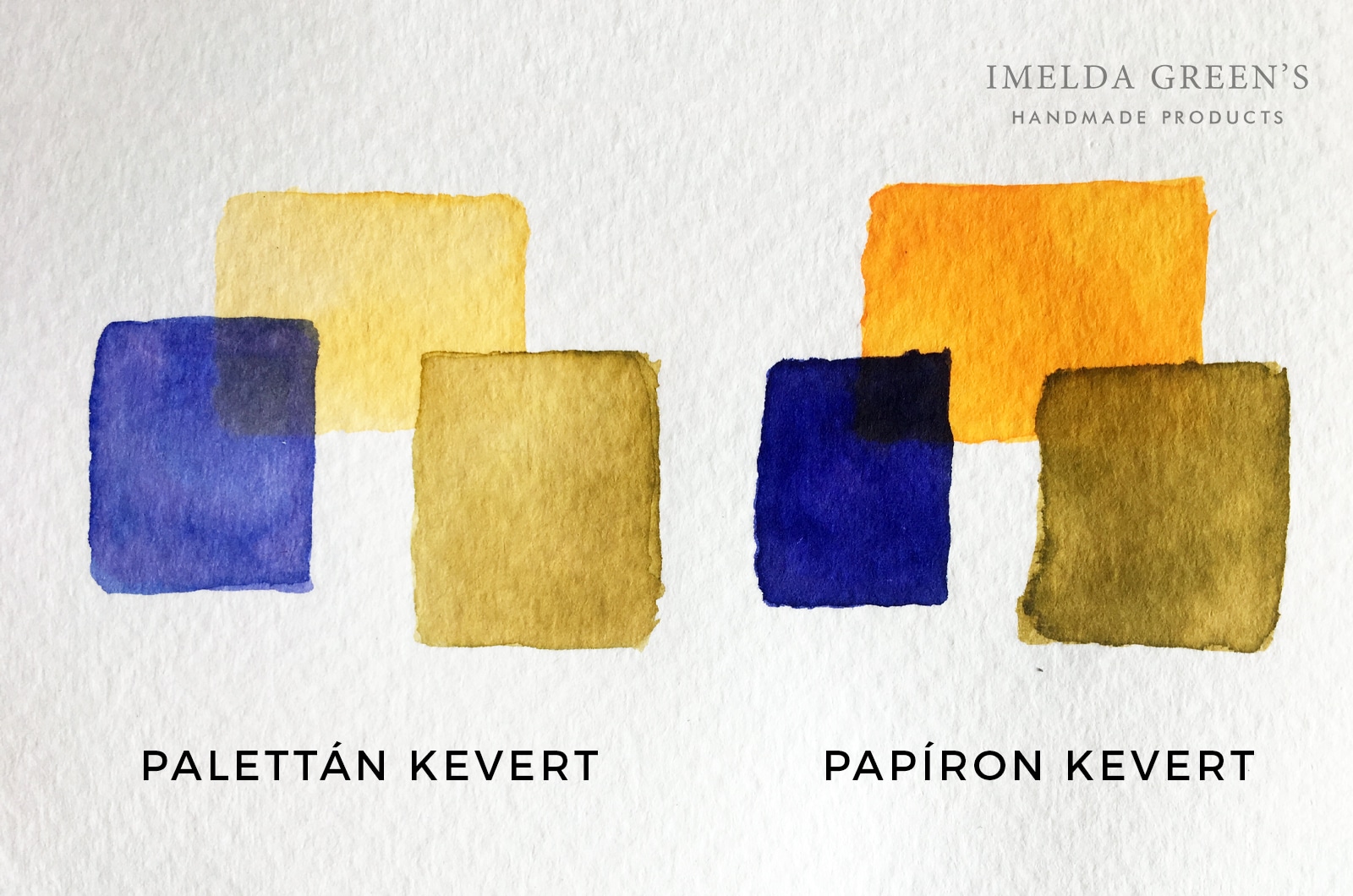
New medium #8 – Watercolour brush pens
An average creative typically associates brush pens with calligraphy. Light line up, heavy down. However, you can use water-based brush pens as a form of watercolour. I checked how.
So what’s this and how does it work?
If you haven’t tried brush pens yet, you can imagine them as a cross between a marker and a brush (surprise, surprise…). The tip is flexible, slightly bending if you press it onto the paper, just like brushes do.
The concept behind watercolour brush pens is similar to watercolour pencils: you paint your image, then dissolve the paint by using a wet brush on the paper. This will activate pigments, which look like watercolour at the end of the drying process.

Though you can buy watercolour brush pens in all the colours of the rainbow, colour mixing is always a crucial point for me. In the case of brush pens, you have two options:
- Mixing on paper: you apply all colours that you want to mix onto the paper, then you activate the paint with water, and the pigments will mix. There are two major challenges with this option: 1. you need to have a perfect knowledge in colour, as you are experimenting right on your actual painting. 2. you have little control over the colour’s lightness – for lighter colours you may need a lighter colour pen.
- Mixing on a palette: you actually paint on your palette, and apply the colours on the painting with a brush. This technique is almost identical to the way you’d paint with classical watercolours, but you can only put down a certain amount of pigment onto your palette in one go, so you need to repeat the process several times. However, this option is perfect for creating lighter tones.

I actually went for really bright/dark colours when choosing my palette (I bought my pens one by one), because I believe it is easier to turn highly pigmented paint into lighter/softer tones than the other way round. So creating different tones was just as important to me as colour mixing. As you activate the paint with a wet brush, it will always turn slightly lighter, but I could only achieve really pastel colours by mixing the paint on a palette (as opposed to mixing on the actual paper).
Though watercolour brush pens are transparent, layering did not work for me as nicely as it does with traditional watercolour.

Supplies you need
The brush pens I used are from the brand Tombow. You can buy them individually or as a set. I personally prefer to pick my own colours, but if you go for a set, make sure that the colours included will work well together (for instance, I would invest in these, but not these).
It is wise to use watercolour paper, as you are working with wet media.
I also used a waterbrush to dissolve the paint.
How much time does it take?
I would say, that working with watercolour brush pens takes neither less nor more time than traditional watercolour, it’s just different. Drying time mainly depends on how much water you use and how many layers you apply.
The verdict
Though it still holds challenges for me, I have found a very exciting new technique in watercolour brush pens. It will never replace traditional watercolour for me, and it still needs many hours of practice until I have full control over them, but I have found them exciting enough to continue experimenting.
Have you tried watercolour brush pens? If so, let me know your experiences in the comments below!


